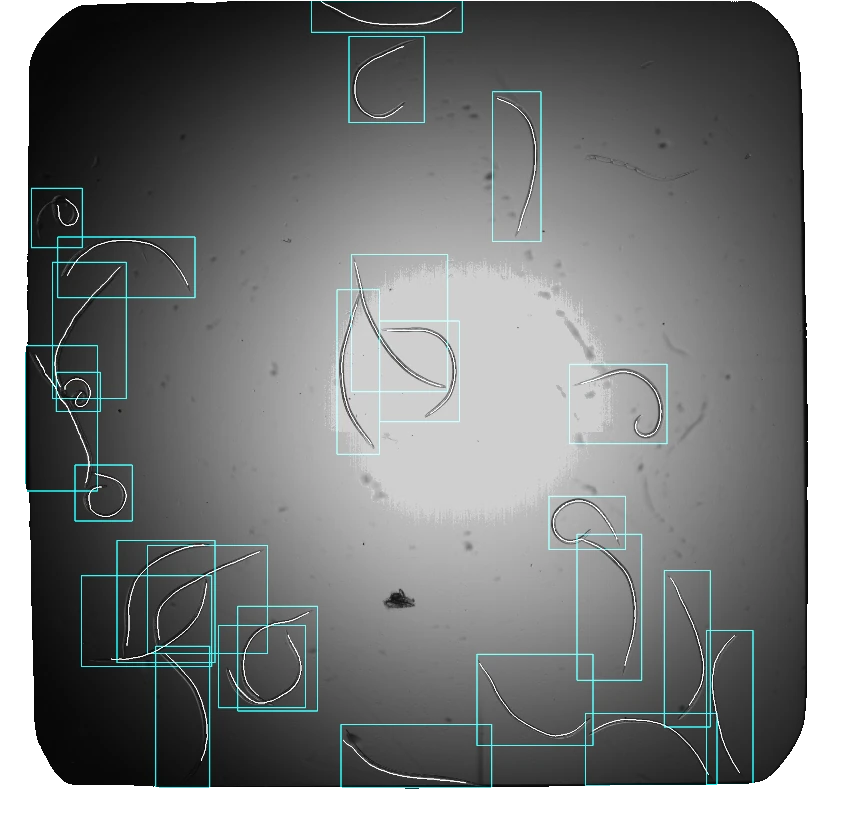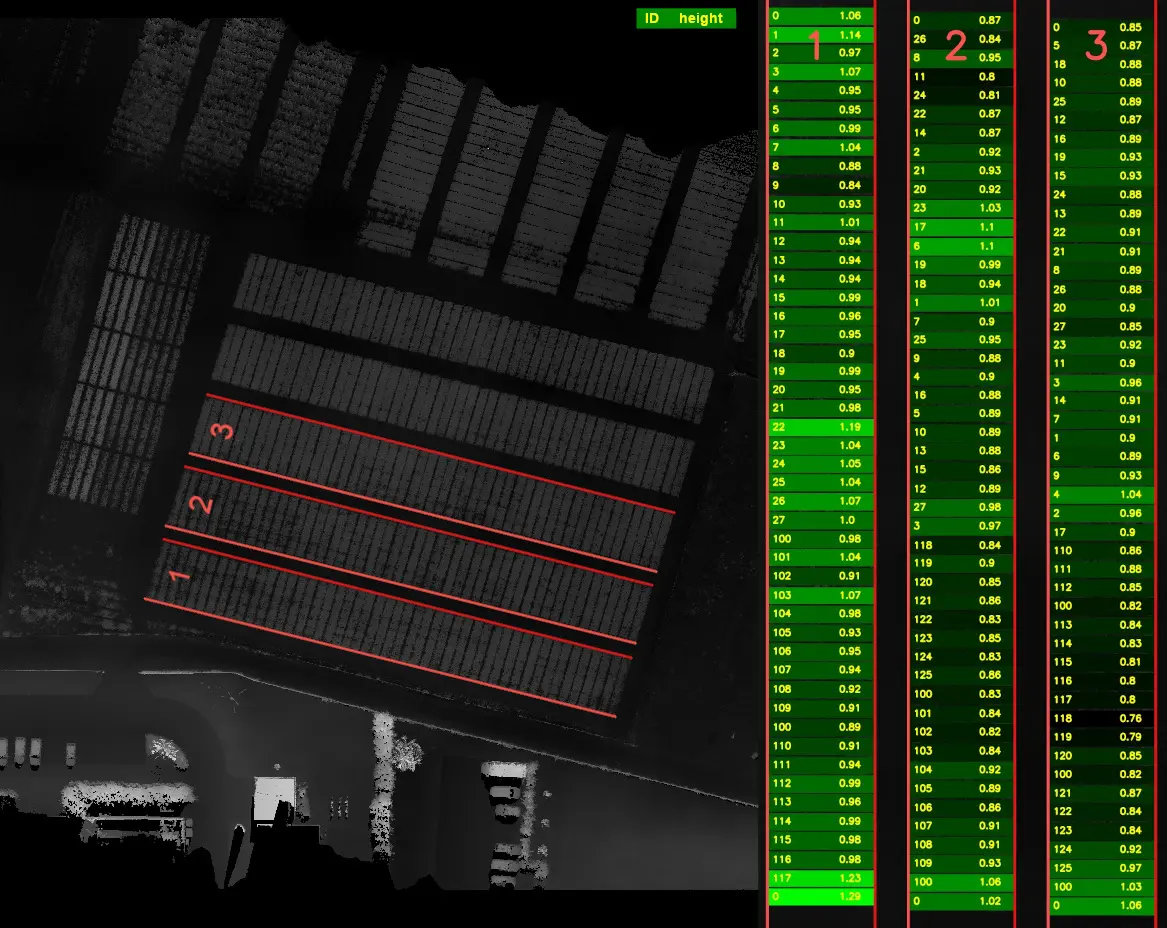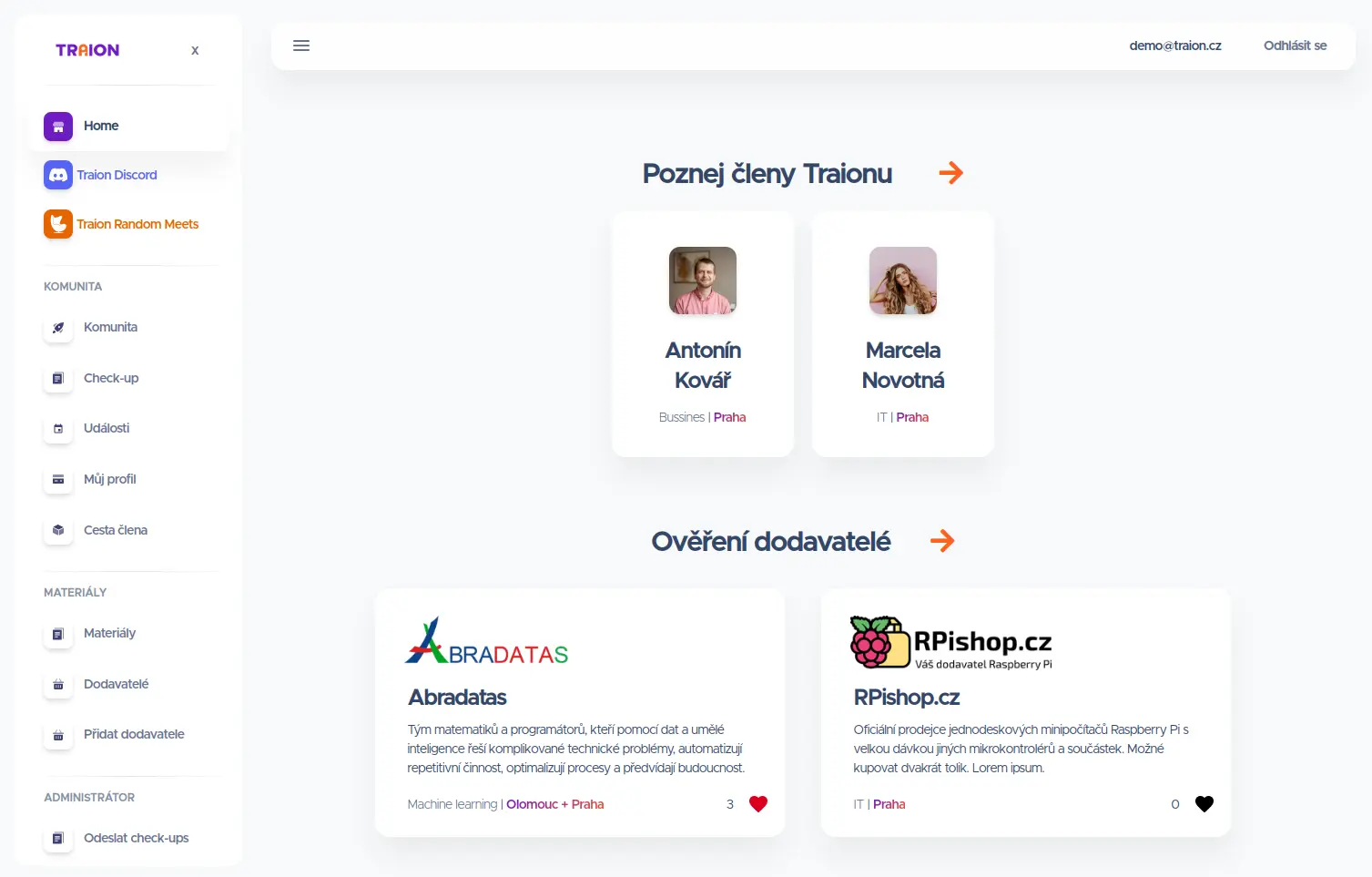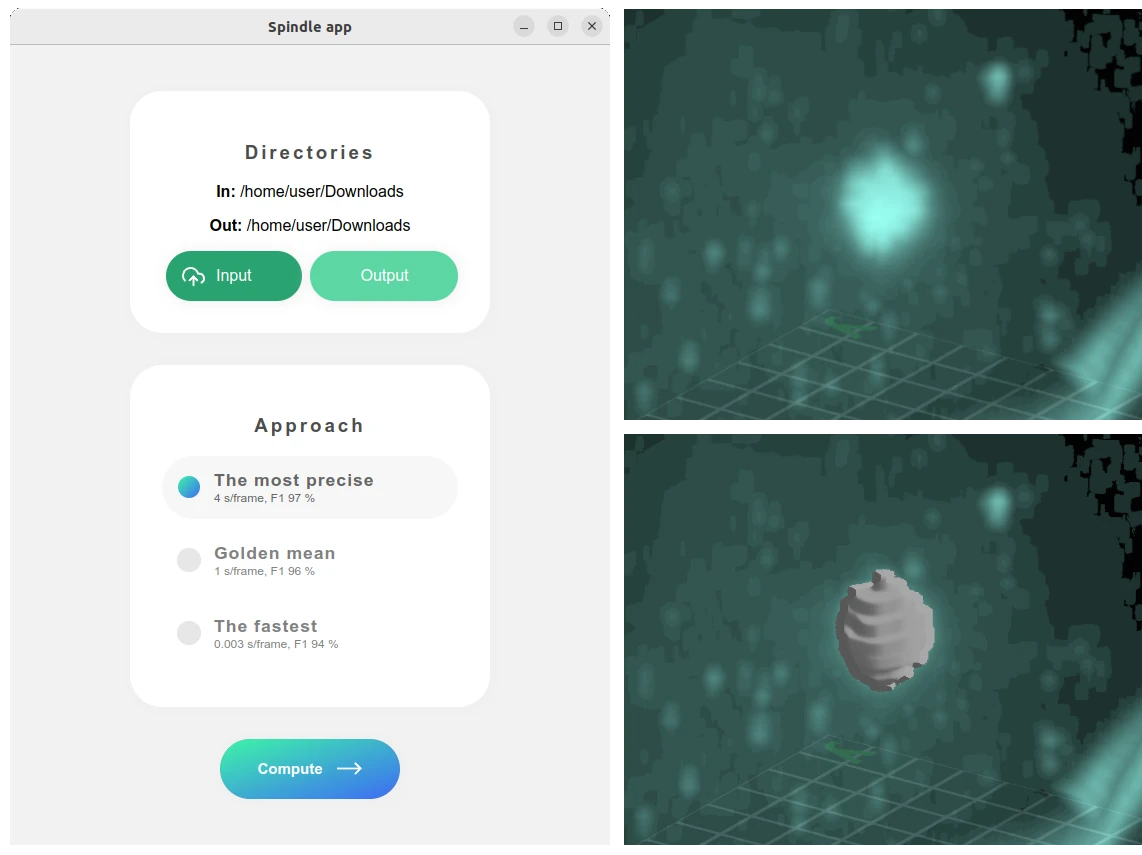Image processing
Root Tracker
Root Tracker is a deterministic model for tracking roots without the need for extensive data annotations, as is necessary, for example, with convolutional neural networks.
For the purposes of the project, I have developed two independent computer vision algorithms that detect parts of roots from images regularly taken with a DSLR camera or a scanner at very high resolution. Subsequently, I devised an algorithm capable of automatically merging, tracking, and predicting individual roots, even when they overlap with the roots of other plants present in the same image.



Worm Skeleton
Deterministic methods for identification of objects contours often fail in complex microscopy images. It is where convolutional neural networks excel. They allow reliable finding of bounding boxes containing target objects and their classification even in images with uneven light and various artefacts. On the other hand, comparing of the bounding box positions between sequential images allows only very crude quantification of worm movement.
To solve these problems, Worm Skeleton combines both approaches. Bounding boxes of worms are predicted by neural networks and a sequence of deterministic methods is then applied within the individual boxes. This approach strongly reduces complexity of the problem and thus increases precision and saves computational resources.
At present, Worm Skeleton works with Caenorhabidits elegans, Haemonchus contortus and reasonably well with Teladorsagia circumcincta.


ALFA
Seven scanning flights were performed over 3 blocks of experimental barley field plots between April and June 2021. Resulting point-clouds were processed by the new fast algorithm ALFA for the processing of UAV LiDAR derived point-clouds to extract the information on crop height at many individual cereal field-plots at multiple time points.
The software converts point-cloud data into a digital image and extracts the traits of interest – the median crop height at individual field plots. Three different ways of crop-height data visualization are provided by the software to enable further analysis of the variability in growth parameters.





